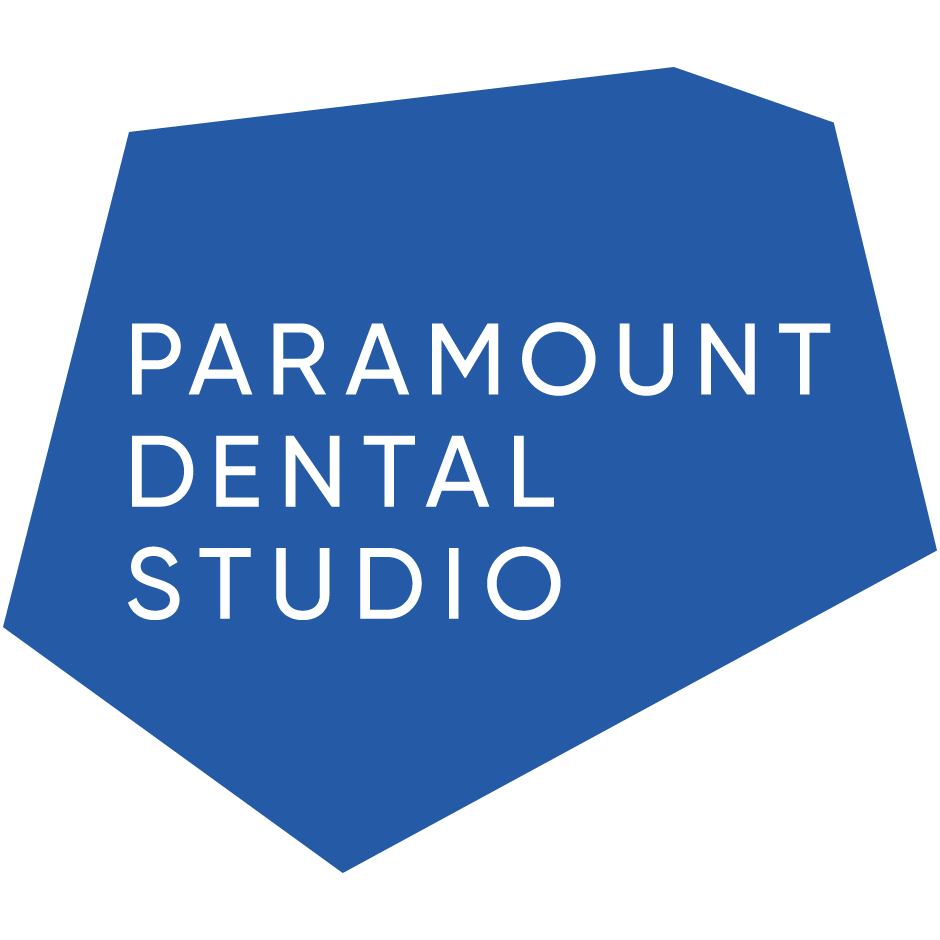The Easiest Way to Protect Implants
Occlusal guards are the #1 recommended course of treatment to help with TMJ pain and bruxism. Did you know they can also reduce the risk of failure of your implants?
Patients with a History of Bruxism
Checking your patients for signs of bruxism and treating them accordingly may be the key to protecting your implant cases. Studies have shown “that bruxism may significantly increase both the implant failure rate and the rate of mechanical and technical complications of implant-supported restorations,” (Chrcanovic, Kisch, Albrektsson, Wennerberg). Protecting these cases from occlusal forces can ensure their long-term stability, as grinding can cause implants to weaken and ultimately fracture.
Another study concludes “that higher implant failure rates might be associated with a dental history of bruxism vs. no history of bruxism,” (Ji, Kan, Rungcharassaeng, Roe, Lozada). Researchers found the failure rates to be 29.3% and 4.6% for these patient groups, respectively. Prescribing night guards with your implant cases can eliminate headaches for you and your patients later on.
Protecting Natural Dentition
Beyond preventing damage, occlusal guards can also ensure your patients' long-term oral health. They not only protect restorations but “also protect the natural dentition from the destruction that can occur when [it opposes] porcelain,” (Cowie). The grinding of porcelain against enamel can wear natural teeth down. Night guards can mitigate the effects of occlusal forces and protect both natural and restored teeth.
Paramount recommends prescribing occlusal guards with implant cases – especially for patients who show signs of bruxism – to prevent implant damage, complications, and unnecessary repairs.
Interested in learning more about Occlusal Guards from Paramount?
About Paramount:
Paramount Dental Studio is a family-owned, veteran-operated dental lab in Huntington Beach, California. We’ve been trusted by dentists with high-quality work since 1981. We are a leader in digital dentistry, working with all scanners and physical impressions.
Sources:
https://www.dentistrytoday.com/sp-1006817969/
https://pubmed.ncbi.nlm.nih.gov/27009853/
https://pubmed.ncbi.nlm.nih.gov/21942324/


